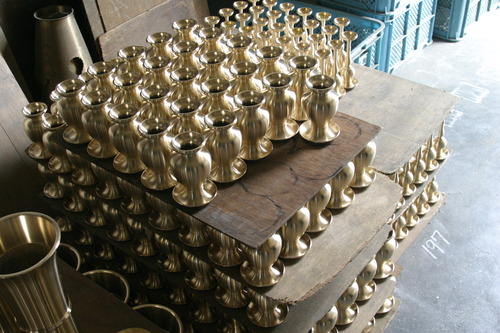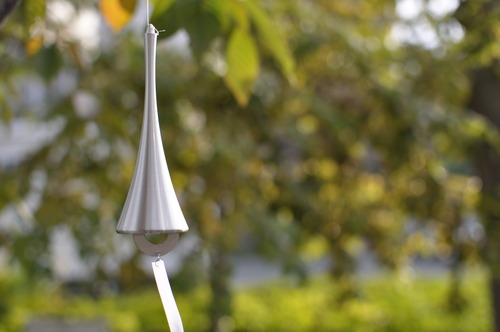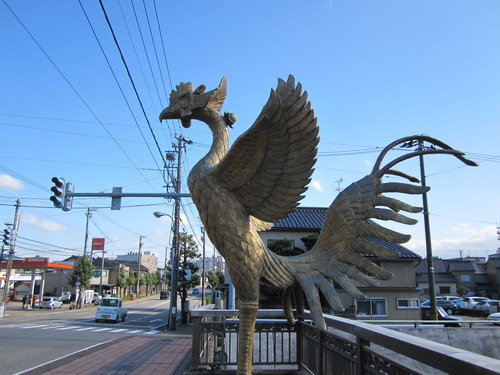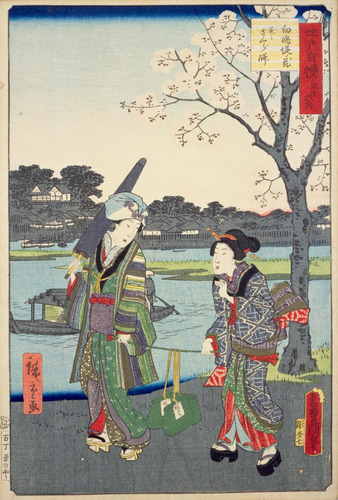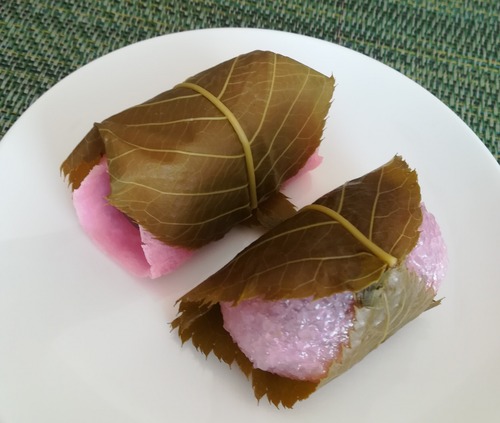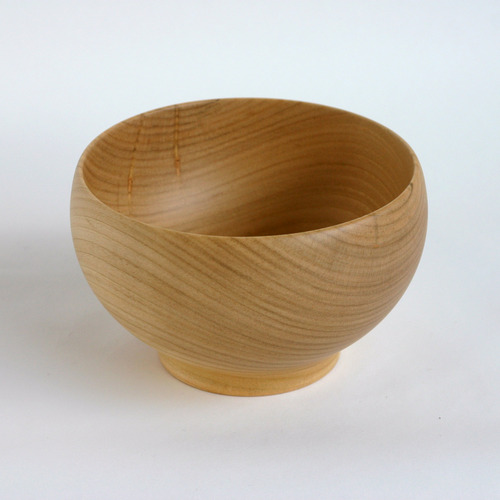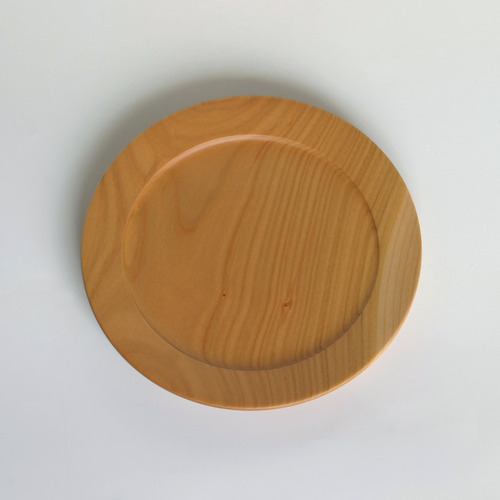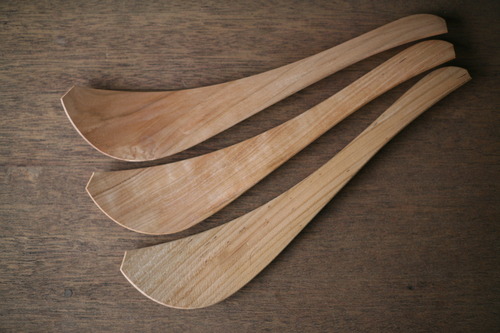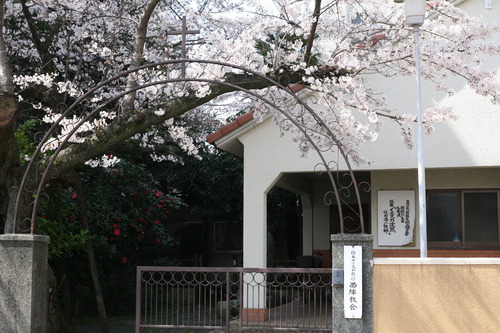
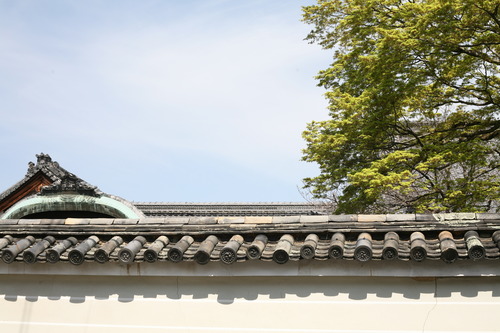
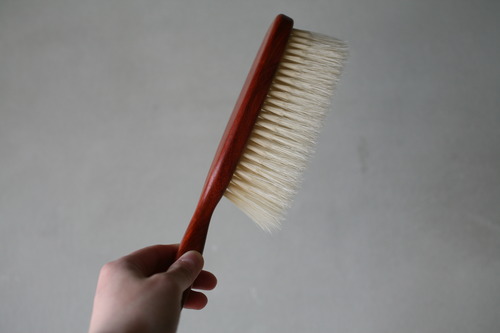
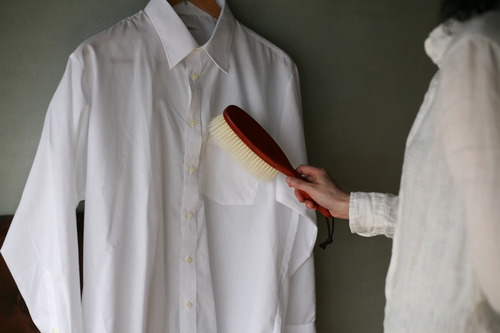
[Clothes Brush]
Recently, the number of days with a hint of spring has been increasing. This is the time of year when we can put away our winter clothes and change into spring clothes. How do you usually take care of your clothes? We usually iron our clothes, use a ball remover, or use an adhesive sheet cleaner, but do you use a "clothes brush"?
A clothes brush can help maintain the beautiful texture of your clothes and make them last longer. Clothes inevitably get dust, pollen, and rubbing when worn. If dust is left on the clothes, moisture can get into them, damaging the fabric and attracting insects. In addition, an adhesive sheet cleaner cannot remove dust that has penetrated deep into the fibers. Static electricity can cause the fibers to come together and form furballs. Since fluffballs are part of the garment, they will gradually become thinner and thinner as you continue to remove them.
Brushing with a clothes brush not only removes dust from the surface of the garment but also scrapes out the dust stuck deep within the fibers and conditions the fibers, bringing out the original luster of the fabric. It also has the advantage of loosening tangled fibers and preventing the formation of furballs. When you put away your favorite clothes for a change of clothes, a little brushing will help keep the fabric beautiful.
And during this time of year when we suffer from painful hay fever, it may be a good idea to quickly brush your clothes before entering the door or at the entrance to avoid bringing pollen that has clung outside into the house as much as possible. The string attached to the handle makes it convenient to hang it on a hook.
The natural bristles of the clothes brush contain the natural oils and moisture of the material, which prevents static electricity from occurring. How about cleaning your clothes with a clothes brush for a change of clothes to keep your beloved garments longer? The Ginza Showroom displays Clothes Brush made by Kanaya Brush of Asakusa, Tokyo, which has been manufacturing brushes for over 100 years. Please take a look at them when you visit our showroom.
Kanaya Brush's Clothes Brush
https://www.shokunin.com/en/kanaya/fuku.html
Ginza Showroom
https://www.shokunin.com/en/showroom/ginza.html
